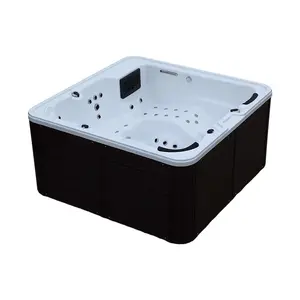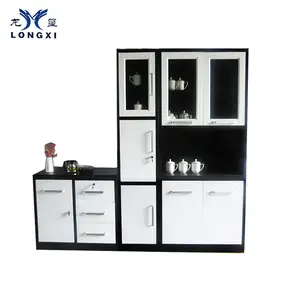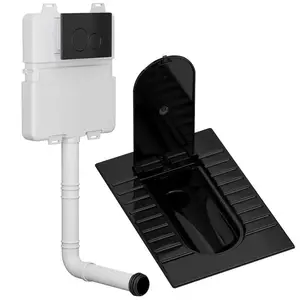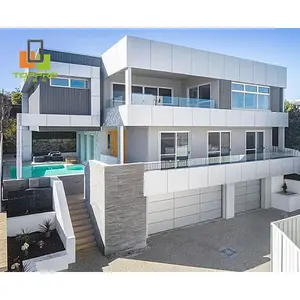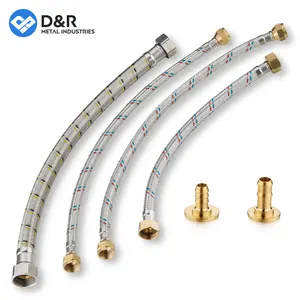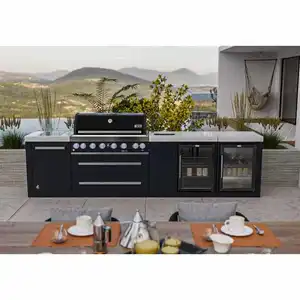Popular in your industry























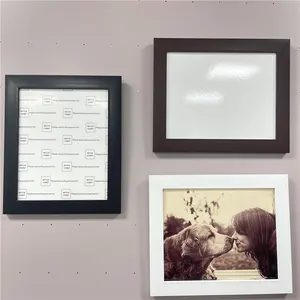















































Related Searches:













































































































































Top categories
About aluminum frame and gypsum board
Introduction to Aluminum Frame and Gypsum Board
The aluminum frame and gypsum board combination is a prevalent choice in the construction of interior walls and ceilings. This pairing brings together the durability of aluminum and the versatility of gypsum board, creating a material that is both functional and adaptable to various building requirements. This introduction delves into the specifics of this product category, highlighting its composition, types, and applications.
Composition and Types
Gypsum plasterboard is a construction material consisting of a gypsum core pressed between two thick sheets of paper. It is commonly mounted on aluminum frames for enhanced stability and ease of installation. The types of gypsum board available cater to different needs, such as moisture-resistant boards for high-humidity areas and sound-insulating drywall for acoustic management. Each type is designed to address specific structural and environmental considerations in building projects.
Applications and Features
The application of aluminum frame and gypsum board extends across residential and commercial construction. Its features include ease of installation, fire resistance, and the ability to create a seamless finish. Specialized variants like soundproof panels incorporate additional materials such as viscoelastic and ceramics to dampen noise transmission, making them ideal for environments where sound insulation is crucial.
Installation and Finishing
Installation of drywall plasterboard requires precision, especially in the finishing stage. Drywall jointing tape is used to bridge the joints between panels, holding the joint compound in place and preventing future cracking. For a flawless finish, the joints must be meticulously filled and smoothed out, a task made more efficient with the use of quality jointing materials.
Moisture and Damage Resistance
In areas prone to water exposure or high humidity, moisture-resistant drywall is a strategic choice. This type of gypsum plasterboard is engineered to withstand moisture, reducing the risk of water damage and mold growth. It is an essential consideration for maintaining the integrity and longevity of a structure's interior.
Repair and Maintenance
Repairing plasterboards is an inevitable part of building maintenance. The market offers a range of products, from sticky drywall tape to various plasterboard tapes, designed to facilitate effective repairs. These components are crucial for restoring the aesthetic and structural aspects of the walls and ceilings with minimal effort.
